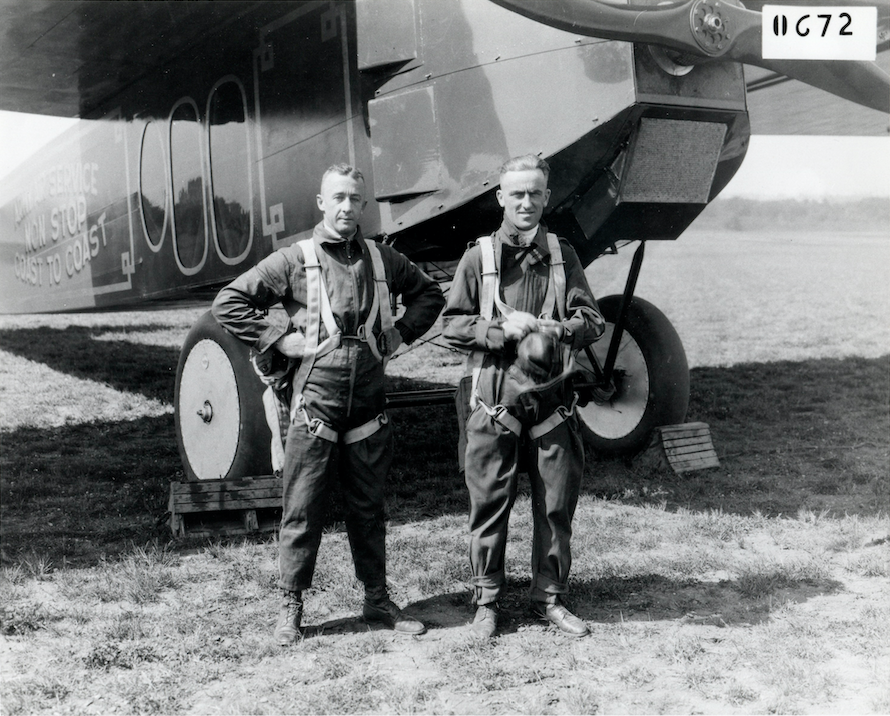
5–6 October 1922: Lieutenants John Arthur Macready and Oakley George Kelly, Air Service, United States Army, set an unofficial world endurance record for an unrefueled airplane when they flew a Fokker T-2, Air Service serial number A.S. 64233, for 35 hours, 18 minutes, 30 seconds at San Diego, California.
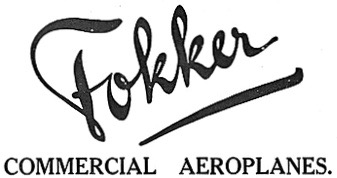
The Fokker F.IV was a single-engine, high-wing monoplane with fixed landing gear. It was flown by a single pilot in an open cockpit which was offset to the left of the airplane’s centerline. The airplane was designed to carry 8–10 passengers in an enclosed cabin. The F.IV was a scaled-up version of the preceding F.III. It was built of a welded tubular steel fuselage, covered with three-ply plywood. The wing structure had plywood box spars and ribs, and was also covered with three-ply plywood.
For its time, the Fokker was a large airplane. Measurements from the Fokker T-2 at the Smithsonian Institution are: 49 feet, 10 inches (15.189 meters) long, with a wing span of 80 feet, 5 inches (24.511 meters), and height 12 feet, 2 inches (3.708 meters). On this flight, it carried 735 gallons (2,782 liters) of gasoline in three fuel tanks.
The Fokker F.IV was offered with a choice of engines: A Rolls-Royce Eagle IX V-12, Napier Lion II “broad arrow” W-12, or Liberty L-12 V-12. The T-2 was powered by a water-cooled, normally-aspirated, 1,649.336-cubic-inch-displacement (27.028 liter) Ford-built Liberty L-12 single overhead cam (SOHC) 45° V-12 engine with a compression ratio of 5.4:1. (Serial number A.S. No. 5142) The Liberty produced 408 horsepower at 1,800 r.p.m. The L-12 as a right-hand tractor, direct-drive engine. Installed on A.S. 64233, the engine turned turned a two-bladed Curtiss fixed-pitch walnut propeller with a diameter of 10 feet, 5 inches (3.175 meters). The Liberty 12 was 5 feet, 7.375 inches (1.711 meters) long, 2 feet, 3.0 inches (0.686 meters) wide, and 3 feet, 5.5 inches (1.054 meters) high. It weighed 844 pounds (383 kilograms).
The airplane had a maximum speed of 93 miles per hour (150 kilometers per hour), a range of 2,550 miles (4,104 kilometers) and a service ceiling of 10,500 feet (3,200 meters).
Several modifications were made to prepare the T-2 for a transcontinental flight. Normally flown by a single pilot in an open cockpit, a second set of controls was installed so that the airplane could be controlled from inside while the two pilots changed positions. The standard airplane had a 130 gallon (492 liter) fuel tank in the wing. The Army added a 410 gallon (1,552 liter) tank to the wing center section, and a 185 gallon (700 liter) tank in the passenger cabin.
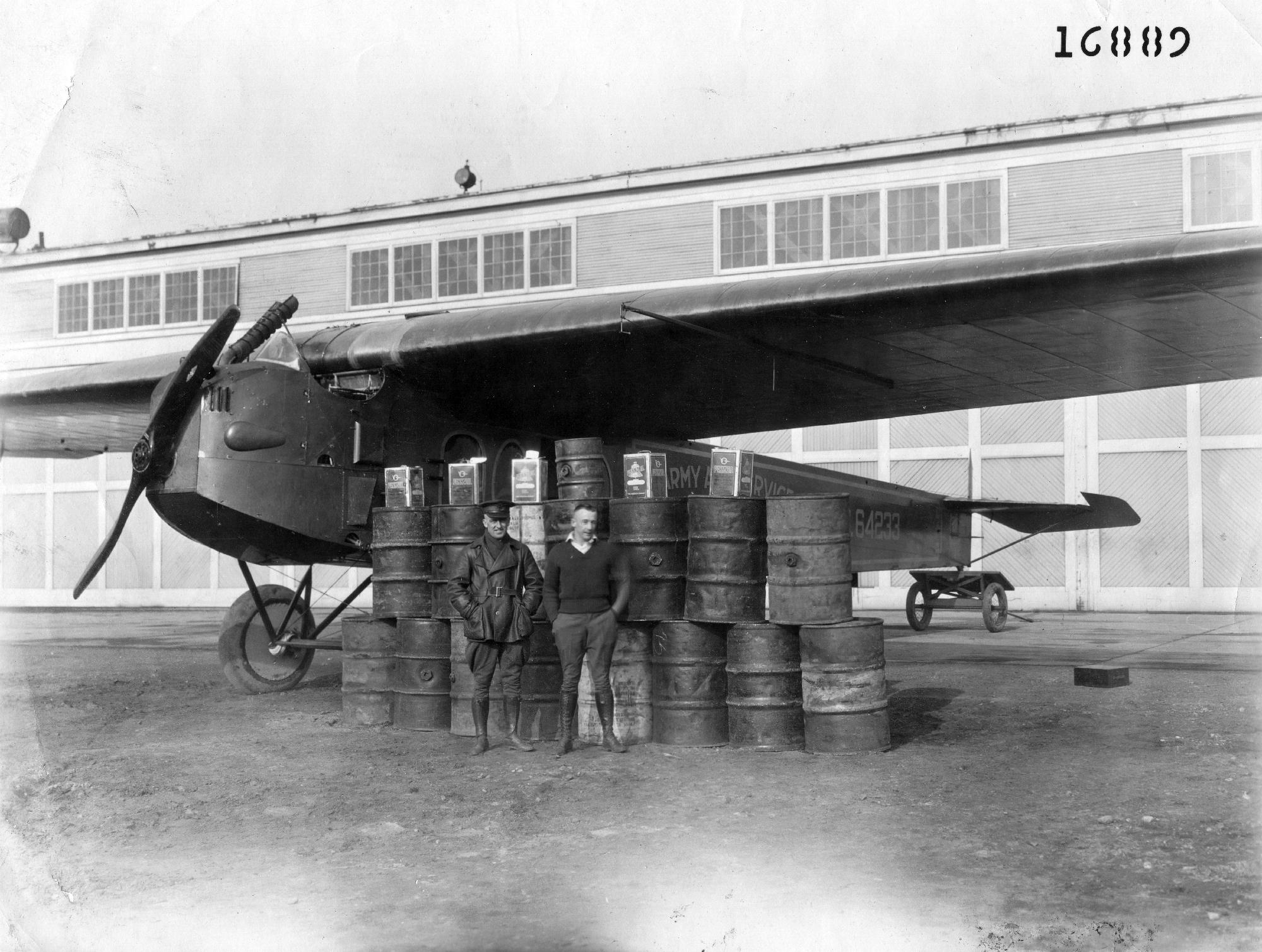
Macready and Oakley planned to fly the T-2 across the North American continent, non-stop, from San Diego, California to New York. The starting point at Rockwell Field was chosen to take advantage of favorable westerly winds, and to use the higher-octane gasoline which was available in California.
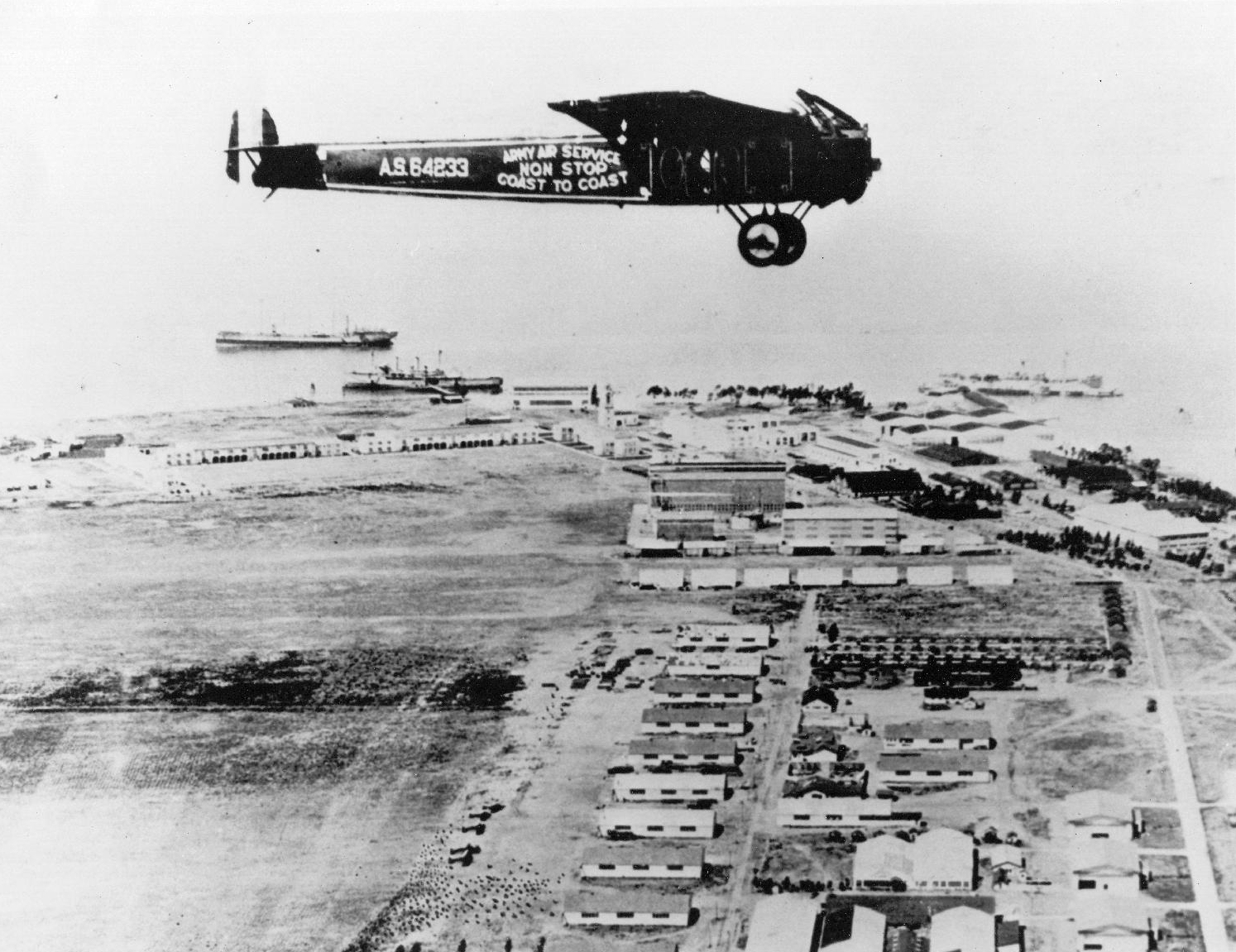
When they encountered fog in the mountains east of San Diego, the two fliers were forced to turn back. They remained airborne over San Diego to measure the airplane’s performance and fuel consumption for another attempt. Because the airplane was not equipped with a barograph to record air pressure on a paper chart, the record endurance flight could not be officially recognized by the Fédération Aéronautique Internationale (FAI). They were awarded the Mackay Trophy for the most meritorious flight of the year. This was Macready’s second Mackay. He and Kelly would win it again the following year.
Macready and Oakley made a second unsuccessful attempt to cross the continent from west-to-east, and were finally successful on an east-to-west flight in 1923.
Fokker T-2 A.S. 64233 is in the permanent collection of the Smithsonian Institution National Air and Space Museum.
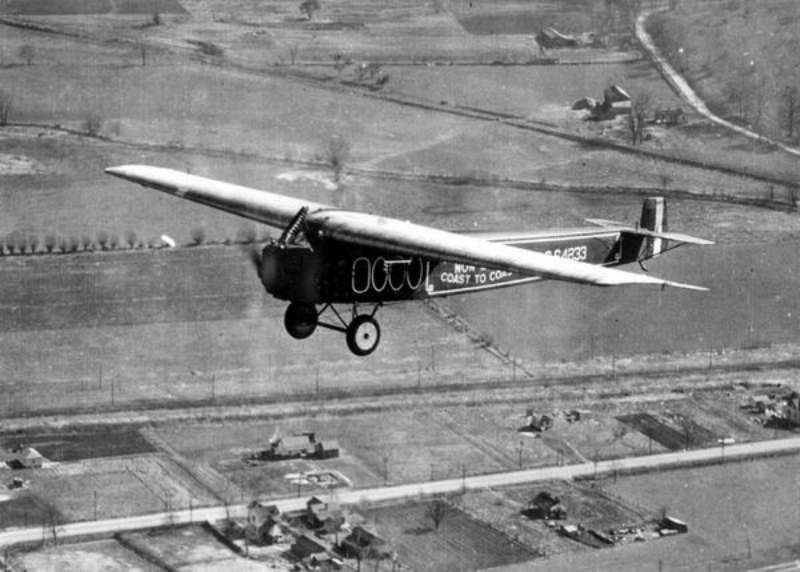
© 2018, Bryan R. Swopes
The writeup for Macready and Oakley has a typo” “Mackay and Oakley made a second unsuccessful attempt to cross the continent from west-to-east, and were finally …” Should be Macready and Oakley.
Thanks for catching my mistake!
the caption says “crossing the content”
I’m really tempted to pin that one on Spell Check. Thanks, Eric.
Small editing error, the third and eighth paragraphs are identical.
Thanks for TDiA!
Thank you for catching that, Thomas.